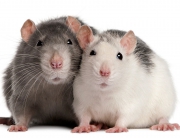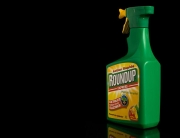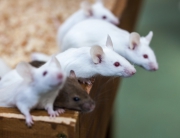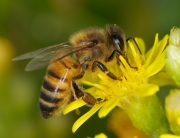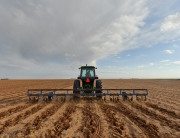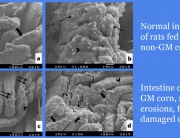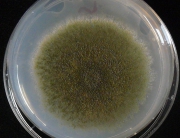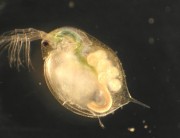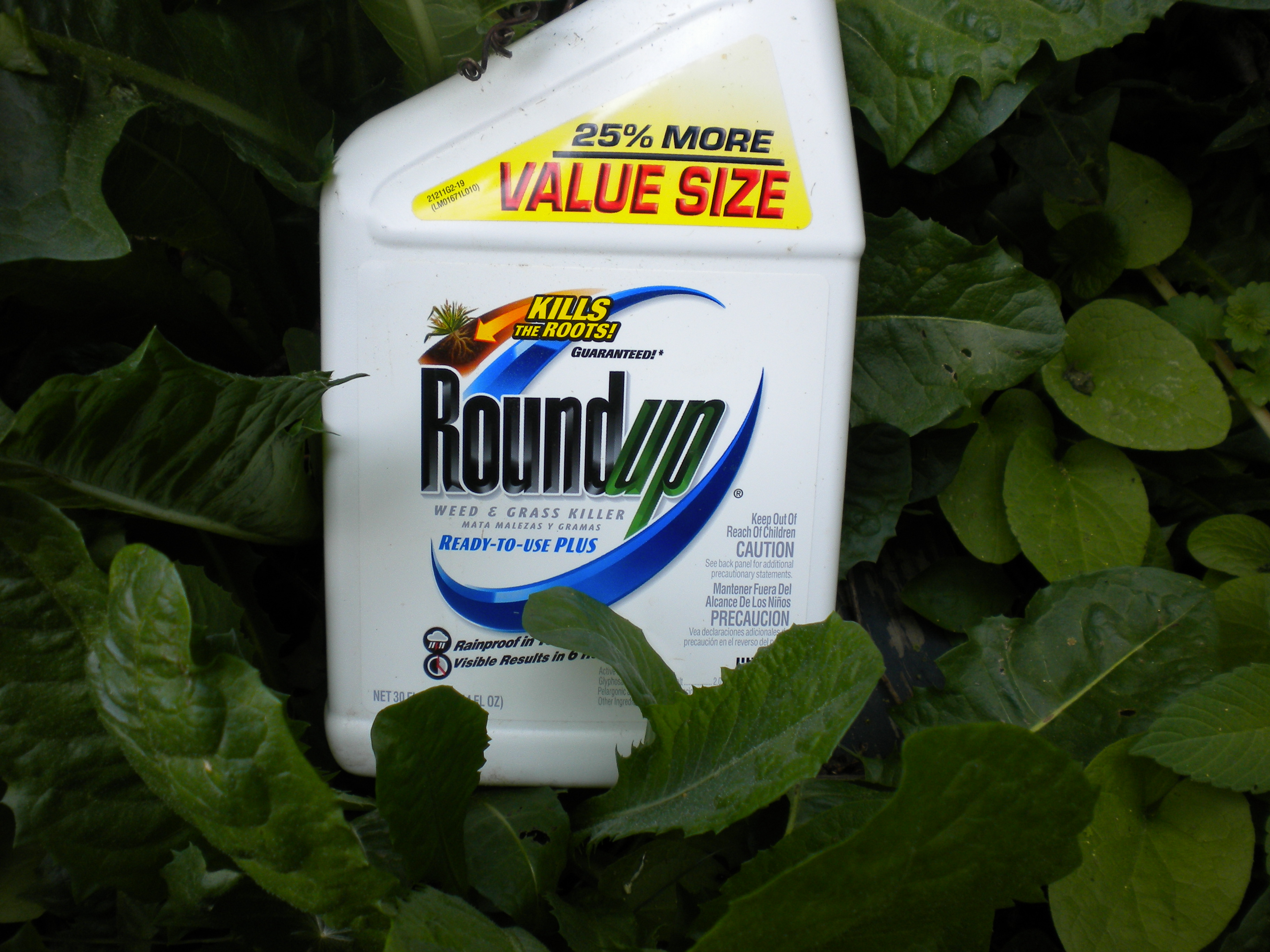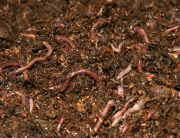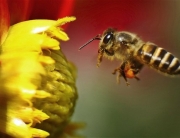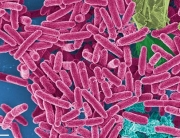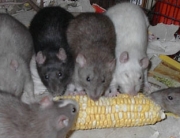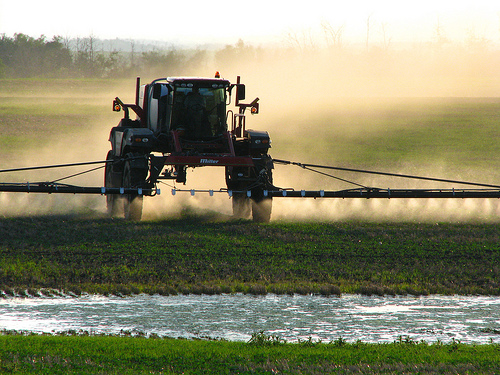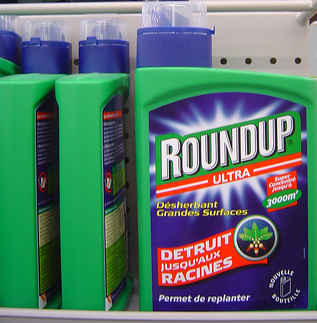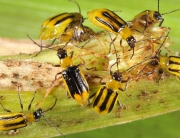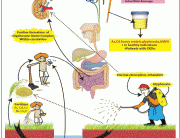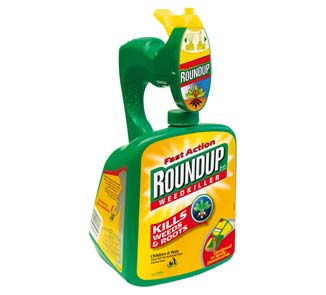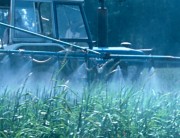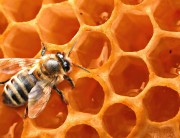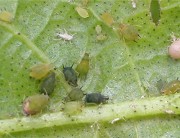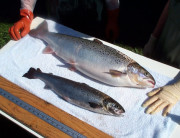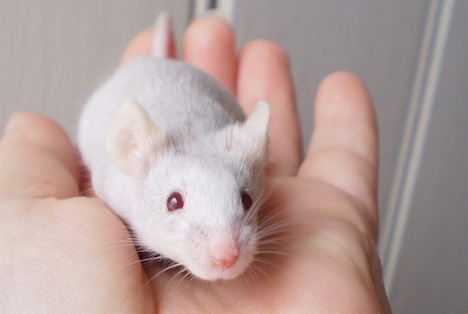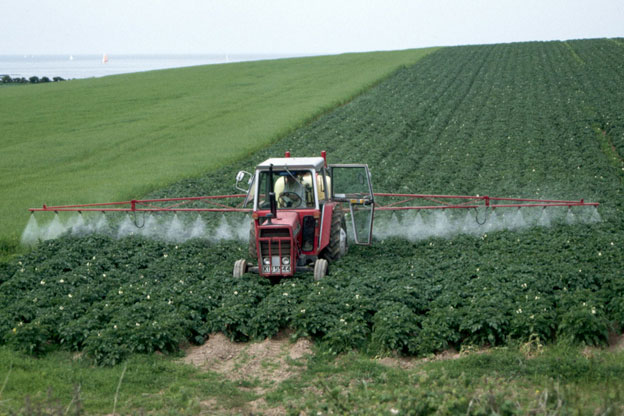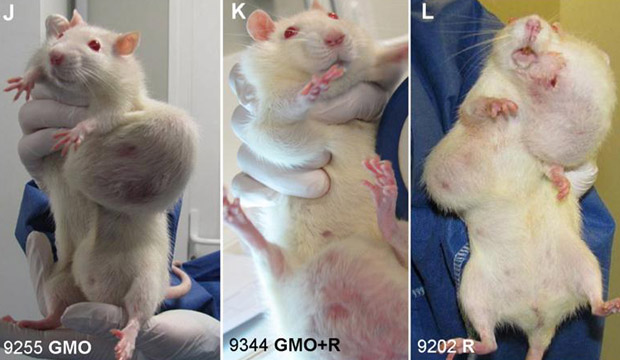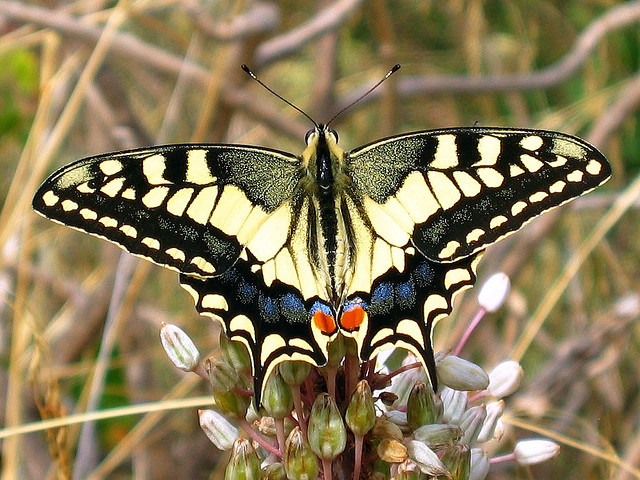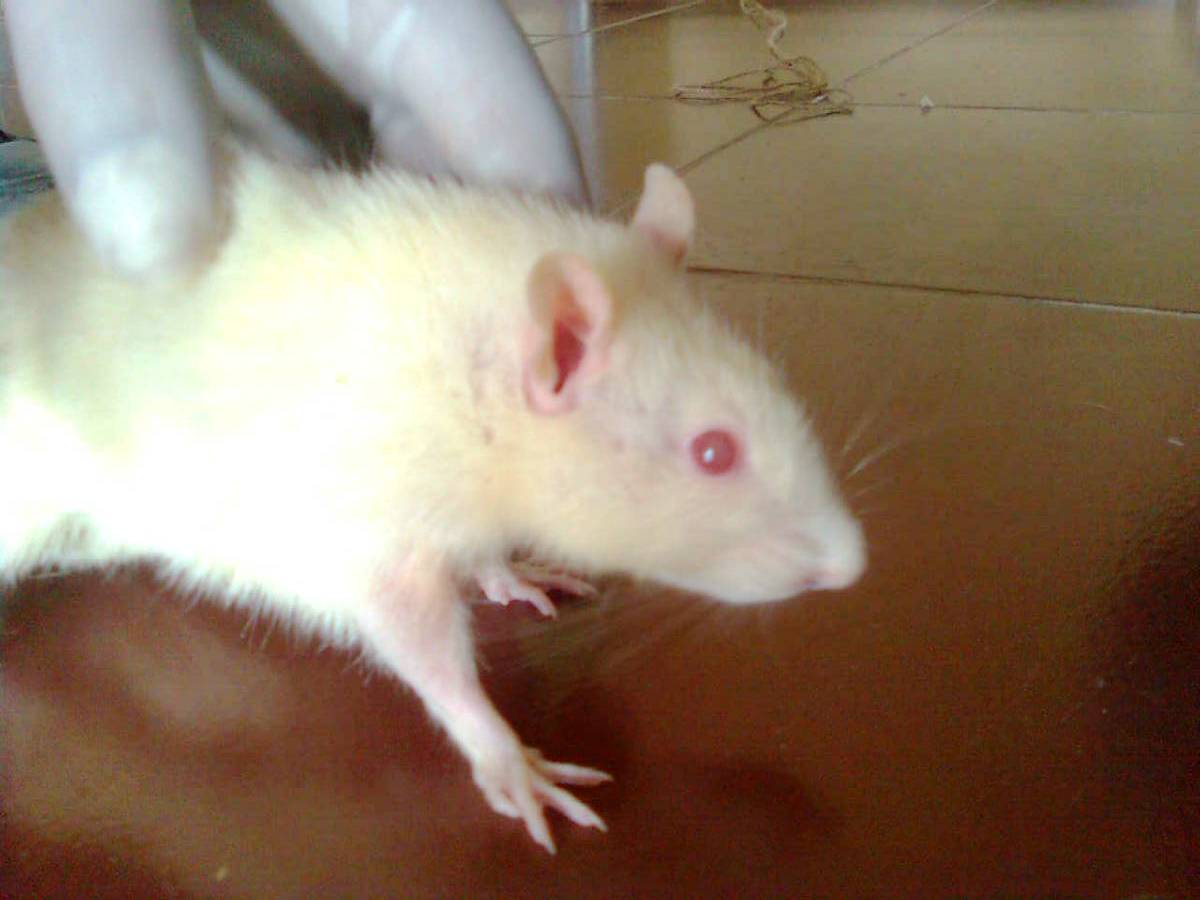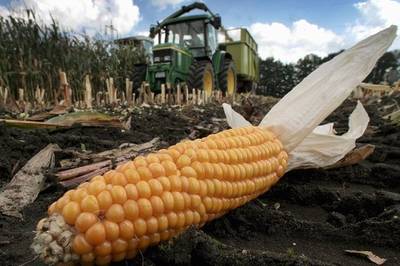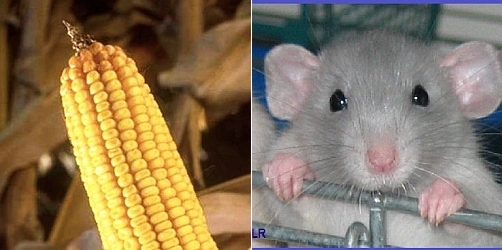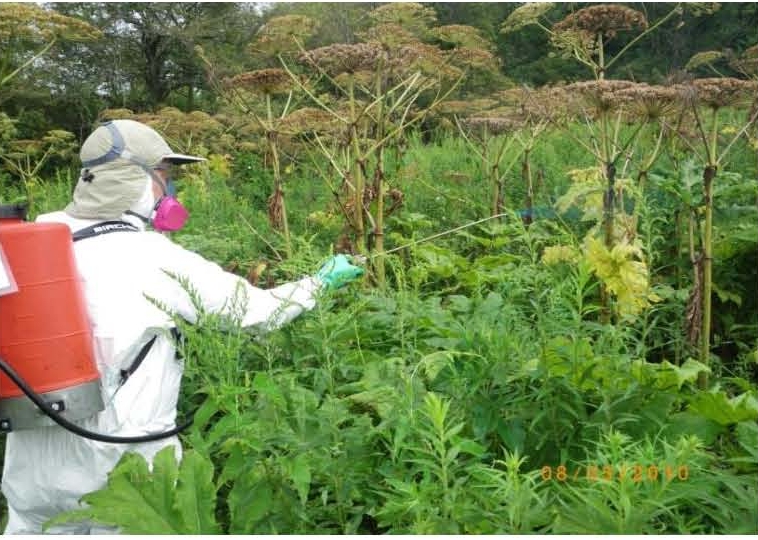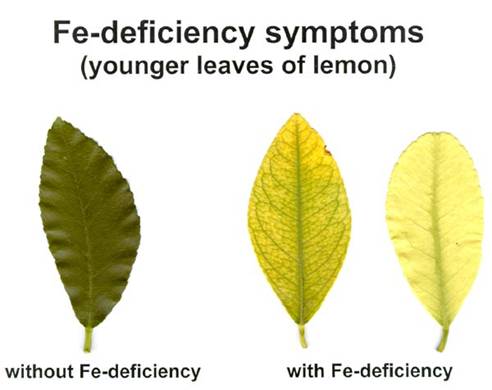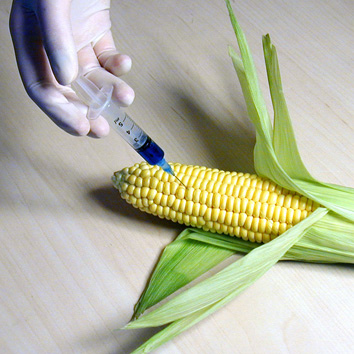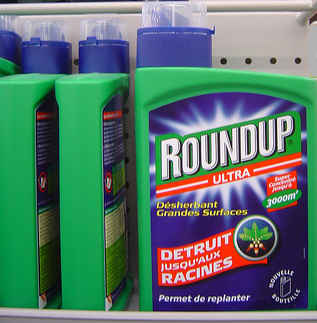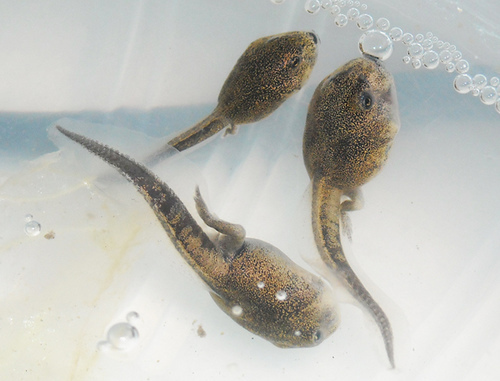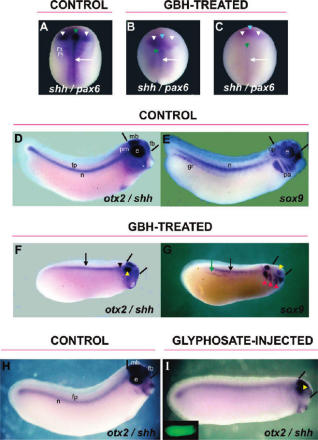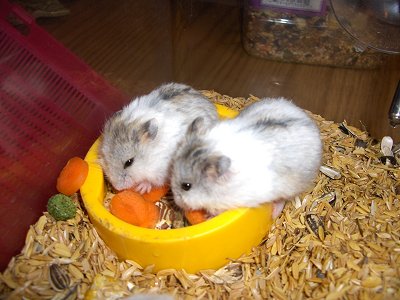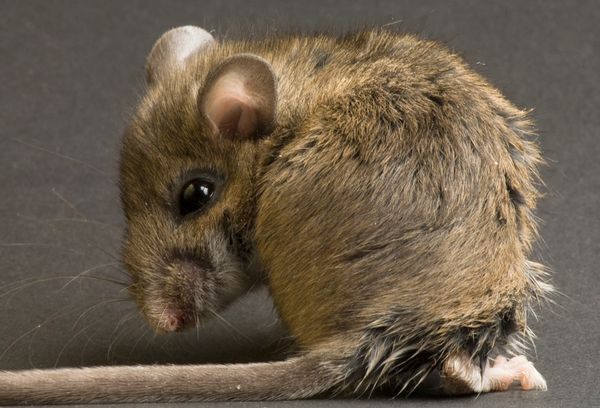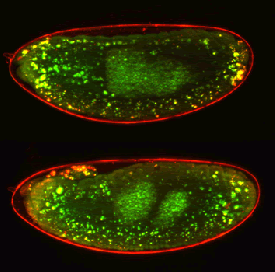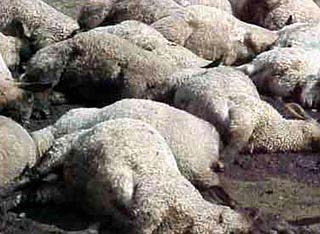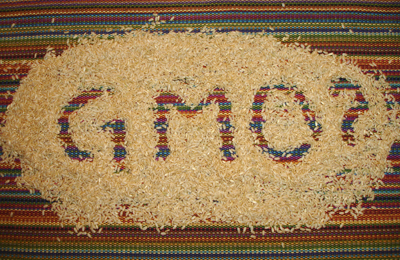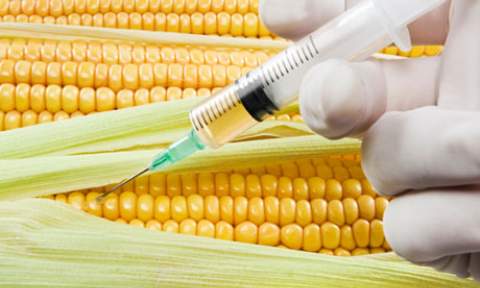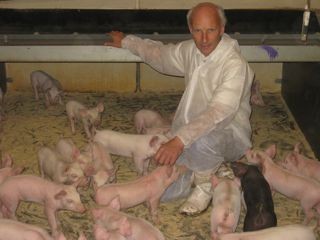Genetically engineered corn and soybeans make it easy for farmers to eradicate weeds, including the long-lived and unruly milkweed. But they might be putting the monarch butterfly in peril.
The rapid spread of herbicide-resistant crops has coincided with — and may explain — the dramatic decline in monarch numbers that has troubled some naturalists over the past decade, according to a new study by researchers at the University of Minnesota and Iowa State University.
Full Paper Here: onlinelibrary.wiley.com
Authors
PLEASANTS, J. M. and OBERHAUSER, K. S. (2013), Milkweed loss in agricultural fields because of herbicide use: effect on the monarch butterfly population. Insect Conservation and Diversity, 6: 135–144. doi: 10.1111/j.1752-4598.2012.00196.x
Abstract
1. The size of the Mexican overwintering population of monarch butterflies has decreased over the last decade. Approximately half of these butterflies come from the U.S. Midwest where larvae feed on common milkweed. There has been a large decline in milkweed in agricultural fields in the Midwest over the last decade. This loss is coincident with the increased use of glyphosate herbicide in conjunction with increased planting of genetically modified (GM) glyphosate-tolerant corn (maize) and soybeans (soya).
2. We investigate whether the decline in the size of the overwintering population can be attributed to a decline in monarch production owing to a loss of milkweeds in agricultural fields in the Midwest. We estimate Midwest annual monarch production using data on the number of monarch eggs per milkweed plant for milkweeds in different habitats, the density of milkweeds in different habitats, and the area occupied by those habitats on the landscape.
3. We estimate that there has been a 58% decline in milkweeds on the Midwest landscape and an 81% decline in monarch production in the Midwest from 1999 to 2010. Monarch production in the Midwest each year was positively correlated with the size of the subsequent overwintering population in Mexico. Taken together, these results strongly suggest that a loss of agricultural milkweeds is a major contributor to the decline in the monarch population.
4. The smaller monarch population size that has become the norm will make the species more vulnerable to other conservation threats.






